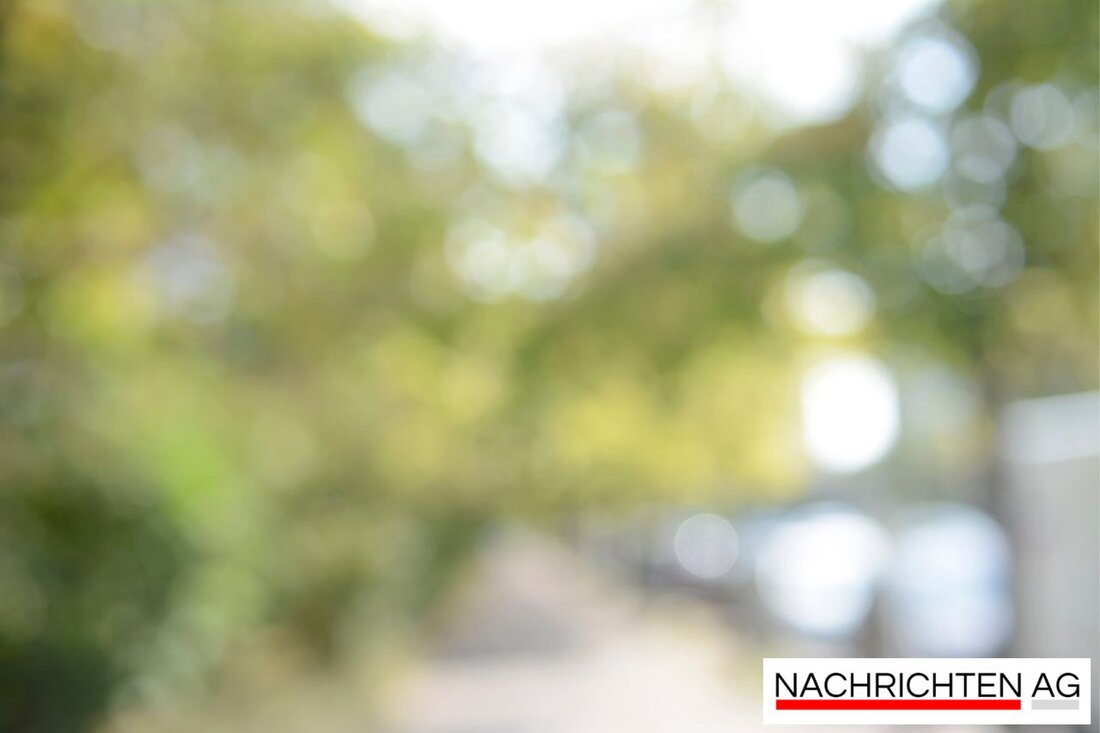Air quality in Leipzig: What is the status of fine dust and ozone today?
Air quality in Leipzig on September 4th, 2025: Current measured values for fine dust, ozone and nitrogen dioxide as well as health advice.

Air quality in Leipzig: What is the status of fine dust and ozone today?
The air quality in Leipzig is currently the focus of attention. Data on fine dust (PM10), ozone and nitrogen dioxide is regularly recorded at the measuring station in Leipzig-Mitte. Monitoring these levels is important not only for the health of the population, but also for long-term planning of measures to improve air quality. The reports on the current measured values LVZ.
There is currently a limit value for fine dust of 50 micrograms per cubic meter of air, which may be exceeded more than 35 times each year. At higher values, the air quality is classified as poor or very poor. To give citizens a better understanding of air conditions, a new dashboard provides information on critical pollutants, behavioral tips and data on air quality trends. This system can be used by the GDI can be accessed and shows not only current values, but also long-term trends.
Measurements and recommendations
The measurements take place every hour and are evaluated at different time periods. Air quality is classified as “very poor” if fine dust levels are above 100 μg/m³ and ozone exceeds 240 μg/m³. These limits are not just numbers, they have direct effects on our health, like that Federal Environment Agency shows. With 240,000 premature deaths due to particulate matter in the EU, it is clear that there is a need for action.
For sensitive people, it is recommended to avoid physical exertion outdoors if the air quality is “poor”. Even less sensitive people can react to it, which is why a healthy degree of caution is advisable. With air quality considered “moderate,” short-term negative effects are unlikely, but long-term effects should not be underestimated.
A complex interaction
Air pollution is influenced by various processes in the atmosphere. Weather conditions, such as inversions, can worsen air quality in cities, causing particulate matter to build up. On special occasions, such as New Year's Eve fireworks, there can be higher levels of exposure in the short term, but this is put into perspective when compared to the level of exposure throughout the year.
In this context, air quality means something not only for individuals, but also for our cities and living spaces. The measurement data collected from over 400 air measurement stations helps to understand trends and developments in order to plan and implement targeted measures to improve air quality.
Overall, the issue of air quality is on the agenda for Leipzig and beyond. It is important to find solutions together so that we can continue to live in a clean and healthy environment in the future.

 Suche
Suche